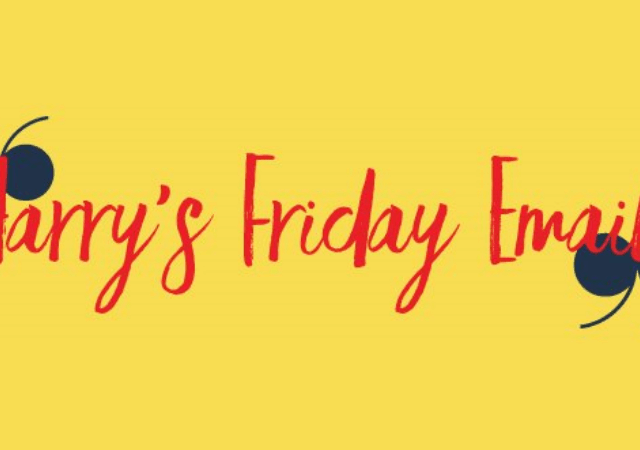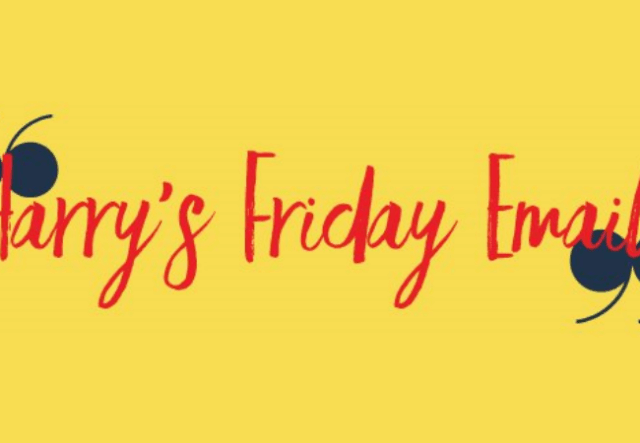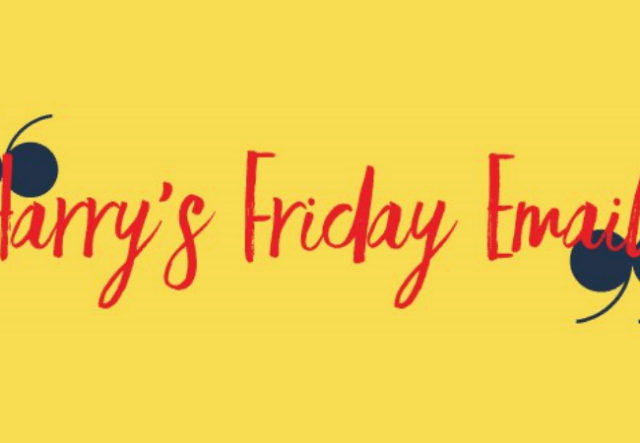Playing chess with pigeons
We had a nice exercise on Feedback Friday last week – all about finding the romance between him and her, when one of the two is not present.
This week we’ll be dealing with mystery – more about that below. But as of July, we’ll be devoting ourselves, for six weeks, to a complete course in writing a novel. Every week, there’ll be a (roughly half hour) video from me guiding you through particular aspects of writing. Each week, I’ll give you a task. Then we’ll all meet on our regular Feedback Friday form to upload our tasks and exchange feedback. The modules will cover:
Week 1 Planning
Week 2 Character
Week 3 Plot
Week 4 Prose
Week 5 Tools (points of view, etc)
Week 6 Self-editing
If you are a Premium Member already, you don’t need to do anything at all – you’ll have access to the material automatically. That said, if you want a plump little video from me to plop into your inbox trussed up like a fat little partridge with bacon on top, you can register for the course here.
If you’re not a Premium Member, you won’t get the course videos (or feedback from me), but you can join us here. (The cost is as little as £12.50 / about US$16 per month.)
Okie-doke. Enough of that.
Pigeons.
I came across a great phrase the other day, from someone frustrated by a particular issue – they said it was like ‘playing chess with pigeons.’
So you think: OK, I’ll get a ready for a game of chess. I’ll brush up my knowledge of openings. I’ll play a few practice matches. I’ll push for territorial advantage early one, maybe get slightly ahead in terms of pieces, then I’ll move in for checkmate.
You go to the park, lay out the chessboard – and find that your opponent is a pigeon.
So you make your move. Perhaps the pigeon starts by making a few somewhat random-n-wild moves of its own.
You get ahead in the game earlier than you had expected. And yes, perhaops, you find yourself picking up pieces from the ground and resetting them on the board perhaps a little more often than if you were playing a FIDE grandmaster. But you make allowances. This is a pigeon, after all.
And then – ha! – you still have your queen and both rooks. You command one file completely. The pigeon’s king is trapped behind its own pawns. You are ready to move in for the kill.
You make your move and say ‘Check!’
The pigeons flaps its wings and knocks over a piece.
You put the piece back where you think the pigeon maybe intended to move it and – another move. One more and you’ll be ready for mate.
At which – the pigeon flaps its wings, knocks everything over, pecks crisps from a litter bin, craps all over the board, and flies away.
So: have you won? Or not won? Was this even chess at all?
Now, I really don’t want to exaggerate, and there are plenty of really great author-publisher interactions and loads of really excellent author-agent relationships, but …
Well, there are also far too many episodes where authors – trying really hard to play a disciplined and professional game of chess – discover that they have ended up playing with a pigeon.
For example:
The agent who gushingly requests your full manuscript, then never replies to you again.
The agent who wants to take you on, but asks for some edits, which you do and send, but then the agent never responds meaningfully again.
Or the agent claims to have sent your book out to editors, but never tells you who has seen it and there’s something unsettlingly vague about the nature of any feedback received.
Or publishers who take your work on with mwahs and champagne, but then the marketing seems absent or just never really thought about
Or your editor is changed on you, without you getting a say, and you feel that your new person is basically totally uninterested in your or your book
Or your book gets published, but you get very little data on sales and very little to tell you if those sales are above or below expectation, and you relly don’t know if your authorial career is basically dead – or just stalled – or doing pretty much fine, actually.
There are a million variants on these basic stories and you don’t need to hang out with professional authors for long to encounter them.
What’s more: neither agents not publishers ARE pigeons, but they can exhibit pigeon-like behaviour for perfectly rational reasons. Take that change of editor issue: the new editor didn’t acquire your book. Maybe they don’t like it. That editor has a heap of other books to publish. He / she might perfectly rationally think they’d do well to concentrate their attention on what they see as their more likely wins. That’s tough on you, but no one has been an idiot.
Or a publisher goes from mwahs and champagne to chilly silence? Well, OK, maybe the sales team pushed your book hard with retailers and just didn’t make sales in the expected volumes. So that publisher, has now ratcheted down its expectations from X to maybe one tenth of X. So you are now getting the treatment standard to an X/10 author. Again, that’s hard on you, and not your fault, but that’s just how it is.
And? People often come to us looking for solutions. We offer (I hope) sensible, intelligent, experienced advice.
But …
Well, you can’t play chess with pigeons. Or, if you do, you’ll find they crap on the board, knock the pieces over and are more interested in pecking at crisps than exploring what its knights could do in a more advanced position.
In the end, if others don’t act professionally, you need to do whatever you can (in terms of mitigation, trying to rescue things, etc) but accept that maybe there’s nothing much to be done. Except of course, write another book, find another publisher, sign up with another agent – or, of course, self-publish. The more omni-skilled you are (writing craft, industry knowhow, author-led marketing competence), the more your career can rest in your hands, not those of others.
Meanwhile – chess with pigeons? A bad idea. Or rather, one that doesn’t necessarily offer any winning strategy. I’m playing chess with 8-year-olds at the moment, and that’s strange enough.
Squawk! Flutter! Yikes!
FEEDBACK FRIDAY: mystery
Two weeks back, and inspired by historical fiction, we looked at research. Last week, inspired by romance, we looked at the Absent Beloved. Today, inspired by crime, I want you to find mystery in your novel. We want any moment where your character encounters a puzzle – about the past not the future – and feels its mystery.
Crime fiction, more or less by definition, will have these moments, but almost any novel will – no matter how big or small the mystery, how temporary or how permanent. What I want from you is a sense of that mystery: especially the atmosphere in the room, the character’s reaction, etc.
Take inspiration from these four great crime writers, and plunge in. I want:
Title
Genre
1-2 sentences of explanation, as needed
250 words where your character is toying with mystery, where we feel that mystery present in the room. This is an especially good task for anyone not writing crime fiction – that is, where the mystery may not already be at the heart of the book.
Til soon.
Harry








